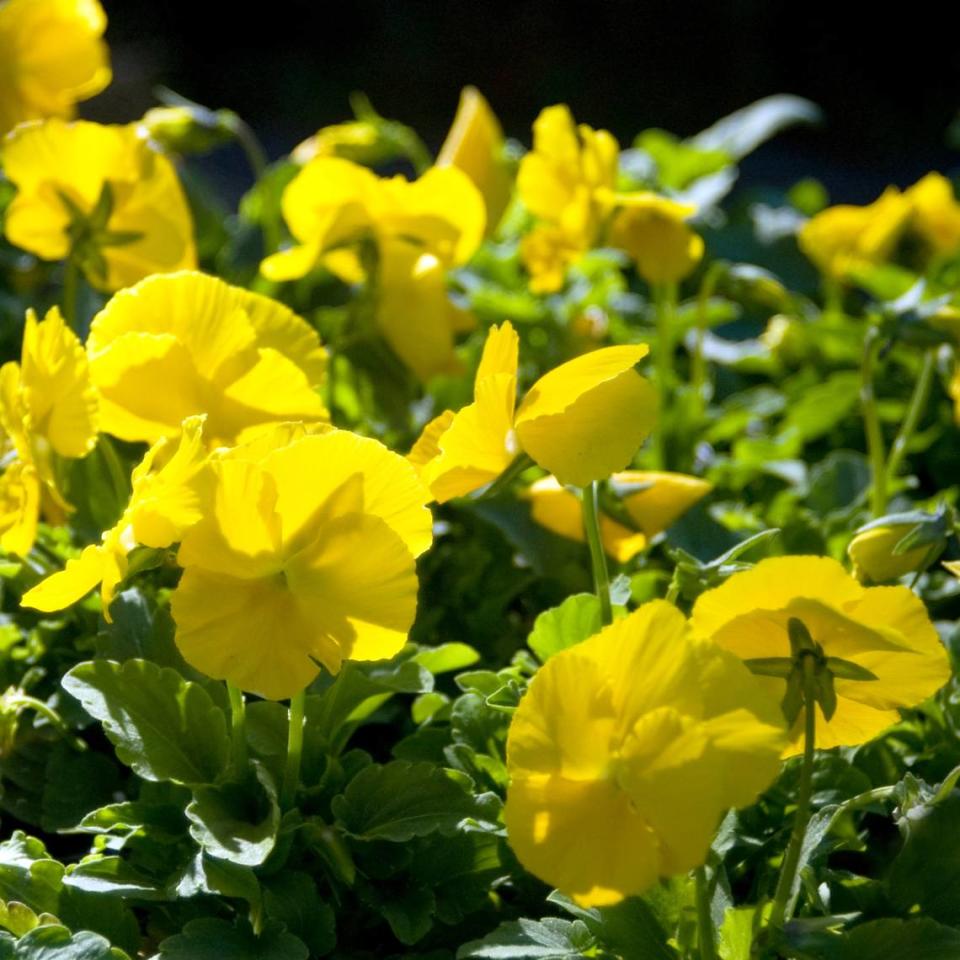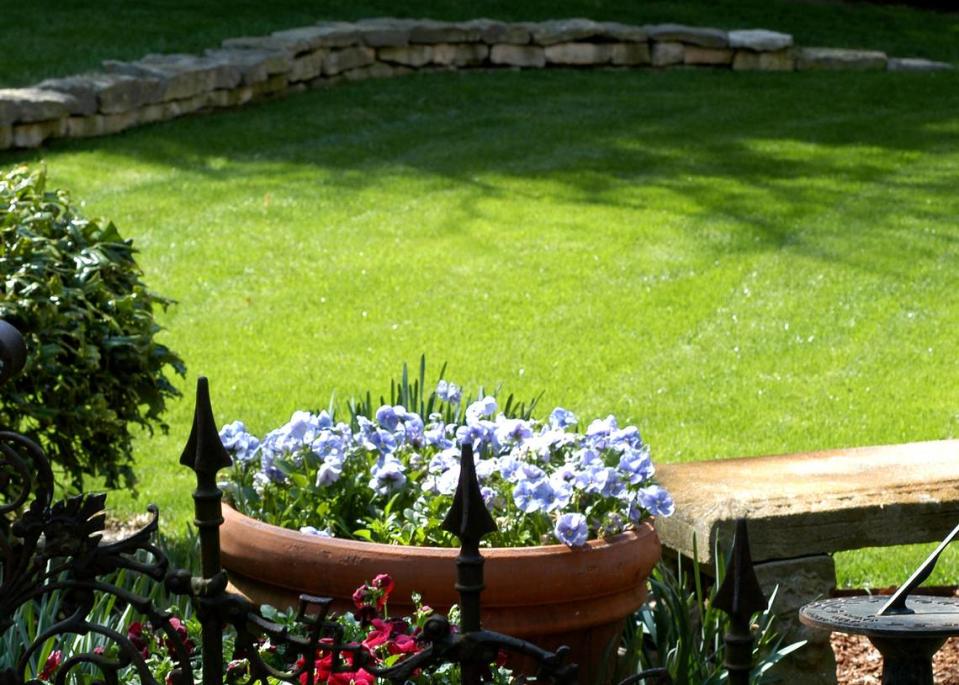Here are the critical things North Texas gardeners need to get done this month
Remember how excited we all got a couple of weeks ago when it finally cooled down? Our lawns and landscapes even tasted the rain. And then it all vanished. Hot, hotter and hottest. And now the cool weather is back. Like that “start-stop” technology that’s supposed to save us gas money at traffic lights, recent weather has been downright annoying.
Let’s assume the weather games are over, though. Let’s figure that October is going to stay cool and give us a chance to get some real gardening done. With that in mind, I’ve made a list of the most critical things we need to accomplish between now and this time in November.
Plant
• New trees and shrubs. Wise gardeners like you know that October is the best month of the entire year for landscaping. It gives new plants eight months to become established before next summer burns its way in. Nurseries still have good supplies. Plants are full and vigorous. Salespeople are much more available to help you than they will be in the spring when the throngs descend upon them. Go in with a plan and come out with great plants. Fall is for planting!
• Spring-flowering bulbs. Ice Follies and Carlton daffodils are the two most dependable, long-proven performers under Texas conditions. There are others, generally early types with smaller flowers. It’s best to avoid the huge, late-flowering types like King Alfred and Mount Hood. They’re beautiful their first years, but from that point on all you get is green leaves. They fail to “come back” with more flowers in successive years.
Grape hyacinths do well, and they do naturalize. Summer snowflakes (Leucojums) make nice clumps. Species tulips will, too, but hybrid tulips and Dutch hyacinths will seldom bloom more than the first year.
• Pansies and violas, pinks, ornamental cabbage and kale and snapdragons are our most cold-hardy annuals (in descending order). Plant them from mid-October on. Early planting while it’s still warm results in stretched, lanky plants that may not recover.
• Ryegrass for overseeding established lawns and for temporary winter cover of bare soil until you can plant a permanent lawn in late April or May. Perennial rye is finer-textured and easier to maintain, but it’s more expensive and harder to find. Water the new planting every couple of days for the first two weeks, then only as needed. Contrary to what you might hear, overseeded rye doesn’t need to take any more water than your permanent lawn does.

Prune
• Do light shaping of evergreen shrubs to maintain a tidy look but save major pruning until mid-winter. Do not prune spring-flowering shrubs and vines now. They are setting flower buds on this year’s old growth. Wait until they finish blooming next spring to prune and reshape them.
• Remove dead or damaged branches from trees and large shrubs. That applies most notably to live oaks, Shumard red oaks and crape myrtles. Any dead wood can be removed. If the plants are misshapen after you remove the dead growth, prune live growth as needed to restore symmetry. Hire a certified arborist to remove branches that are large enough to do damage or cause injury should they fall.
• Trim and remove old foliage and flower stalks from perennial gardens. You’ll have one more pruning to do after the first killing freeze. Run the old growth through the mower to shred it, then put it into the compost.
Fertilize
• Apply “winterizer” fertilizer to your lawn, groundcovers and shrubs, perennials, and other landscape plants. In actuality, it’s probably going to be the same plant food you applied in spring and summer, just with a different name on the label. It still should be high-nitrogen or all-nitrogen, with 30% to 40% of that nitrogen in slow-release form. Water it into the soil immediately after the feeding.
• As you layer shredded tree leaves into your compost pile, add one cup of the all-nitrogen lawn food per cubic yard of organic matter. Turn it with a spading fork to blend it into the pile. Keep the pile moist and warm.
• Use high-nitrogen, water-soluble food soon after planting pansies and other winter-color plants. Repeat weekly until the first hard freeze to help them get well established.

On the lookout
• Broadleafed (non-grassy) weeds that are getting a start in your lawn. They may not show up until later in October, but weeds like dandelions, chickweed, clover, henbit, and others can be controlled with an application of a broadleafed weedkiller spray (containing 2,4-D, often with two other herbicides). Read and follow label directions carefully. It’s best to bring them under control before winter arrives. Most broadleafed sprays must be applied while temperatures are still at least somewhat warm.
• Apply glyphosate-only herbicide spray to eliminate unwanted grasses and weeds anywhere you intend to plant groundcovers, shrubs, flowers, or vegetables come spring. Glyphosates are not active in the soil, so you will be able to rototill and incorporate organic matter to get soil ready two to three weeks after spraying. This application should be made while weeds are still green — as soon as possible.
• Inspect houseplants that have been outdoors for the summer. Check them carefully for insects before bringing them indoors for the winter. It is much easier to treat pests while the plants are still outside.
• As you are working with fallen leaves and doing other autumn clean-up tasks, watch for snakes, stinging caterpillars, fire ants, and yellowjacket nests that might be in unexpected places.


